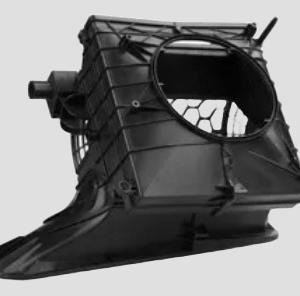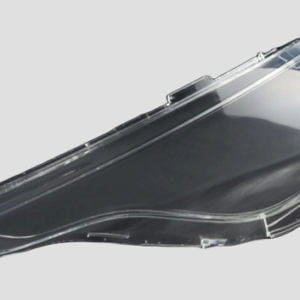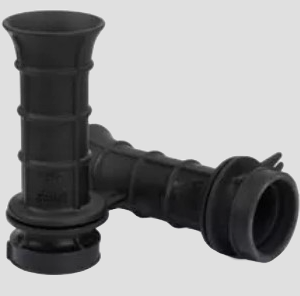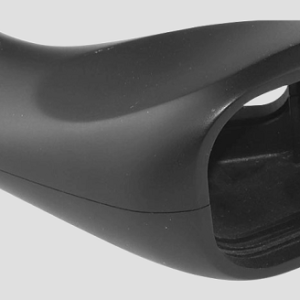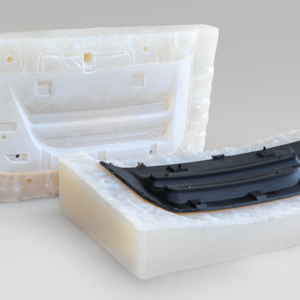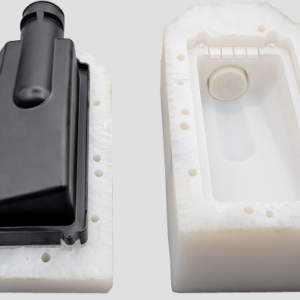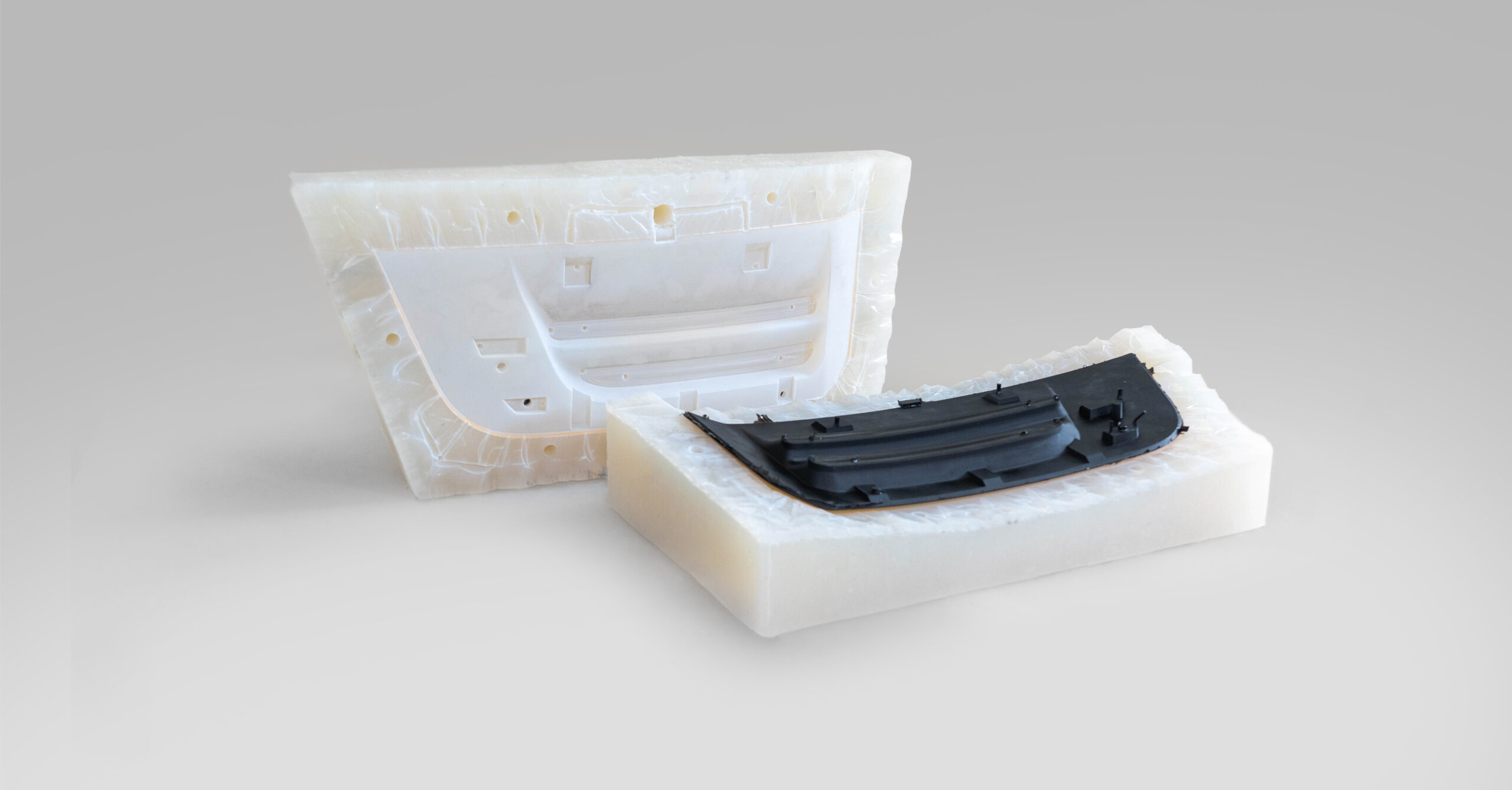


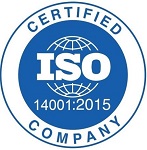
Vacuum Casting
What It IS
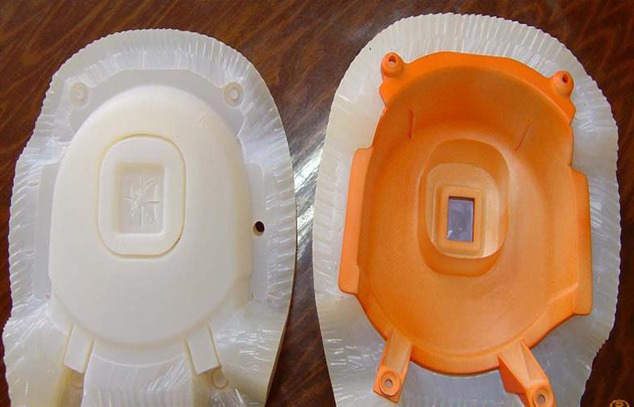
Vacuum casting, also known as Urethane casting uses silicone moulds to make plastic and rubber components under vacuum, which is an extremely adaptable manufacturing process capable of mimicking the injection moulding to produce complex parts in polyurethane resins and cast nylon.
- Fast turnaround
- Excellent surface finish
- Lower upfront investment
- High flexibility for product geometry
- Loose tolerance because of shrinkage
- Limited production volume: typical 20 parts
Vacuum Casting
How It Works
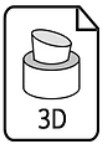
1. Create 3D Model
Create a 3D model of the required component, using the same design guidelines for making molds in injection molding.

2. Create Master Pattern
A master pattern is the primary mold made from 3D printing, CNC or other processes, with a high degree of precision.

3. Make Silicone Mould
Silicone mold is made using the master pattern and hot molten silicone, with heat curing at 40°C for 8-16 hours.

4. Prepare Resin
Completely mix the polyurethane resin and other casting materials, such as pigments and other agents with heating up to 40°C.
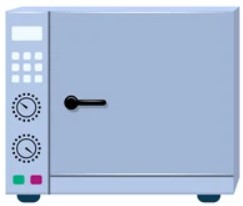
5. Vacuum Casting
Once the mixed resin is poured into the mold, it will be sealed and then placed in the vacuum casting machine for casting and curing.

6. Demoulding
When the curing is complete, properly demould the cast and trim off the excess materials such as the gates and runners.
Vacuum Casting
Our Capability
| Item | Specification |
|---|---|
| Dimension tolerance | Typical ± 0.3%, depends on the dimension of part, the minimum as low as ±0.05 mm |
| Minimum wall thickness | Typical 1.5mm~2.5mm, the minimum 0.75mm is also possible for some cases |
| Maximum part dimension | Restricted by the vacuum chamber volume (1900 mm * 900 mm* 750 mm) |
| Surface finishing | Gloss & matte finish according to SPI standard is possible |
| Appearance color | Various color is possible with different pigment added into the polyurethane resin |
| Production quantity | Up to 25 parts per mould, depends on the product complexity and the casting materials |
| Lead time | 15 days or less |
Vacuum Casting
How We Support You
Marketing Trial

Got many new ideas in mind? Want to quickly know how the market will react before going into production? We can help you definitely.
Low-volume Production

Tooling for mass production not ready? Vacuum casting is a good choice for the first-run production parts with its fast turnaround and good product quality
Prototyping

Want to quickly evaluate a product’s functionality and performance? Vacuum casting is an economical and fast process for prototyping.
Vacuum Casting
Product Gallery
Vacuum Casting
Industry Applications
Automotive

Industrial Machinery

Renewable Energy
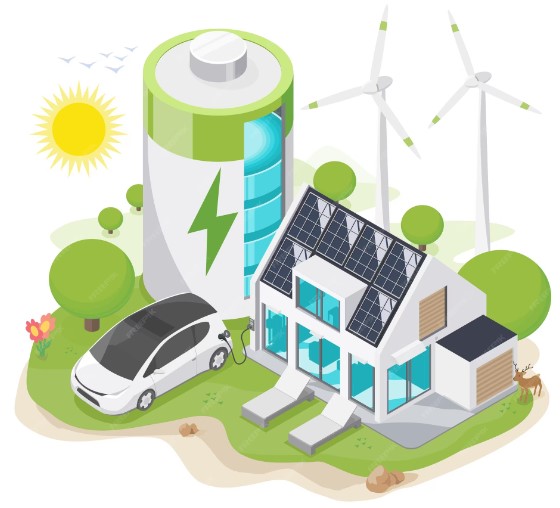
Medical & Healthcare

Consumer Products & Electronics

Vacuum Casting
Material Selection
| Type | Key features | Colors | Applications |
|---|---|---|---|
| ABS-like | Versatile polyurethane plastic resin, rigid and shock resistant, suitable for various products. | RAL/Pantone colors | General purpose items, enclosures |
| Acrylic-like | Stiff, transparent urethane resin, hard, with medium to high strength and good clarity. | Clear | Automotive lighting and other parts |
| Polypropylene-like | Tough, flexible, and abrasion-resistant urethane with low cost and polypropylene-like ductility. | Black or natural only | Enclosures, food containers, medical applications, toys |
| Polycarbonate-like | Rigid, high-impact, and clear material with a wide variety of uses, easy to machine and finish. | Clear and various colors | Automotive light diffusers, toys and plastic packaging |
| PMMA | UV stable, high-quality urethane resin with good clarity, good for glossy, clear parts as a classic substitute for acrylic-like. | RAL/Pantone colors | Automotive parts |
| Elastomer | Polyurethane plastic resin, simulating rubber-like materials like TPU, TPE and silicone rubber. | RAL/Pantone colors | Wearables, overmolds, gaskets |




